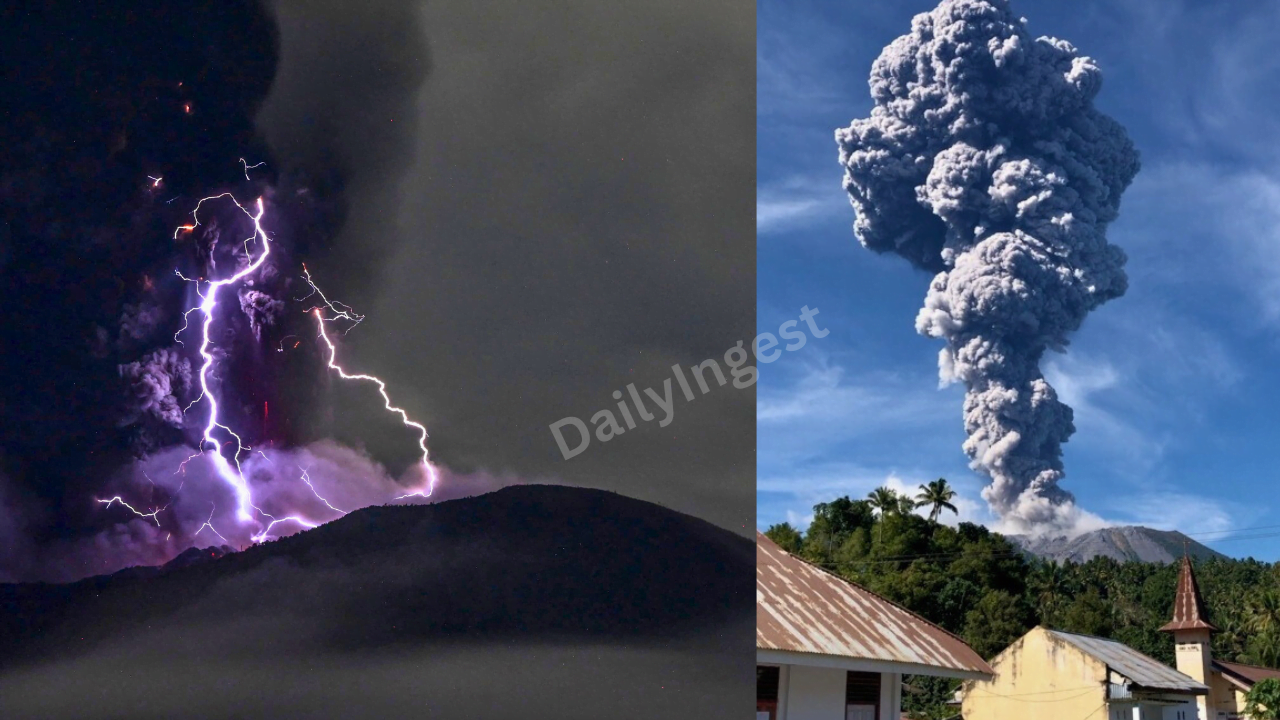Indonesian authorities have evacuated hundreds of residents near Mount Ibu on Halmahera Island after raising the volcano’s alert status to the highest level of a four-tiered system. This decision came on May 16, following two consecutive days of significant eruptions.
Eruption Details and Immediate Impact
Mount Ibu has been actively spewing volcanic ash and smoke. On May 17, the volcano was seen from Gam Ici village in West Halmahera, North Maluku, emitting ash clouds that rose 5,000 meters (16,400 feet) into the sky.
A local disaster mitigation agency official, Muhammad Ade Fabanyo, confirmed that evacuations began late Thursday after the alert status was heightened.
Mount Ibu erupted again on Friday morning, launching a tower of volcanic ash 4,000 meters above its peak. Muhammad Wafid, head of the country’s geology agency, provided this update in a statement, highlighting the ongoing activity of one of Indonesia’s most volatile volcanoes.
Safety Measures and Recommendations
Authorities have advised both residents and tourists to avoid the exclusion zone, spanning four to seven kilometers around the volcano. Additionally, they recommend wearing face masks to protect against falling ash. Ibu’s frequent activity is underscored by its eruption record of over 21,000 times last year.
Regional Context and Recent Activity
Indonesia, a nation comprising a vast archipelago, frequently experiences seismic and volcanic events due to its location on the Pacific “Ring of Fire.” More than 700,000 people resided on Halmahera Island as of 2022.
In a recent event last month, Mount Ruang in North Sulawesi province erupted more than half a dozen times, prompting the evacuation of thousands from nearby islands. Although the alert level for Mount Ruang has since been reduced to the second-highest tier, the region remains vigilant.












